PLANNING A BATHROOM | An Architect Explains
An Architect designs a bathroom keeping in mind, the type of bathroom that you want, the number and types of bathroom fixtures you require in each bathroom and your flooring and tile choices. In designing the layout of a bathroom, all the bathroom fittings/fixtures must be fixed at the right heights and positions so that the toilet does not feel cramped. So it is worthwhile for you to know some of the design considerations in designing a Bathroom(toilet).
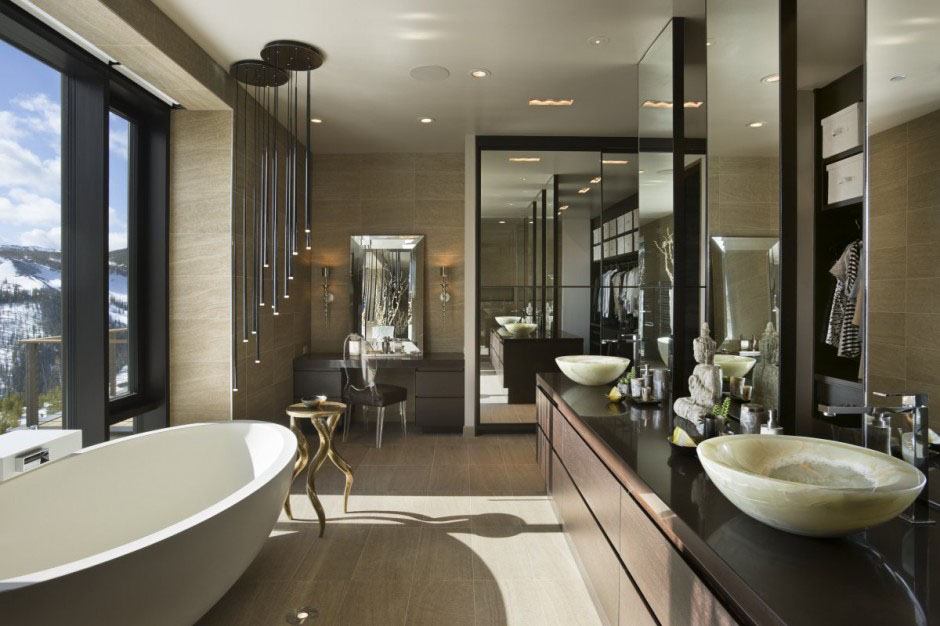
As an Architect, I have explained some of the design considerations that you must take into account before you plan or renovate your Bathroom. They have been explained here under the following headings:
Design considerations
Ventilation in a bathroom
Doors and windows in a bathroom
Presence of water in a bathroom
Materials in a bathroom
Lighting in a bathroom
Sound control in a bathroom
Storage in a bathroom
Children’s convenience in a bathroom
Mirrors in a bathroom
Safety features in a bathroom
Drying facilities in a bathroom
Miscellaneous activities in a bathroom
Best location of a bathroom
Design Considerations:
- Accessibility: A bathroom should be accessible from each bedroom without having to pass through another room.
- Arrangement: The fixtures in a Bathroom should be conveniently arranged with special consideration given to clearances. More than one family member should be able to use the facilities at the same time. Space is required not only for the use of the fixtures but also between fixtures, for cleaning and assisting another person like an elderly person or child.
Ventilation in a Bathroom:
Good ventilation is essential in bathrooms, both to reduce humidity and to dispel odours. Exhaust fans in the wall help to remove the humid air from the toilet while a ventilator will allow fresh air to enter the toilet. When fixing a ventilator, care should be taken to provide privacy while being easily accessible at the same time.
Doors and Windows in Bathroom:
- Bathroom doors are generally small – only 2’6″ wide, but I recommend that it be at least 2’9″ wide as otherwise, it can be uncomfortable when you come out with an infant, or carrying clothes or if you are assisting an elderly person through the door.
- The door should always swing inwards preferably against a wall, such that it does not strike any person using a fixture and it should not hit against any fixture or an accessory like a towel rod.
- In a compartmented bathroom it is desirable to have sliding doors between various compartments as they are space savers.
- The inside, lower portion of the door should be covered with a water-proof material to prevent the door from disintegrating.
- The ventilator preferably 3’0″ x 3’0″ in size, should be placed high but within reach to operate.
- It can be located on either side of the wash basin but should not be behind the toilet or over the bathtub.
- The ventilator should open outside as it prevents the rain from entering. It is preferable to have louvered ventilators.
Presence of Water in a Bathroom:
The design of a bathroom must account for the use of both hot and cold water, in significant quantities, for cleaning the human body. The water is also used for moving solid and liquid human waste to a sewer or septic tank. Water may be splashed on the walls and floor, and hot humid air may cause condensation on cold surfaces. Hence water-resistant materials should be used for flooring and walls. In addition, the floor should slope gradually towards the floor trap in the shower area as well as in the rest of the bathroom.
Materials in a bathroom:
Due to the abundant use of water in the bathroom, ceiling, wall and floor materials and coverings should be impervious to water upto 7′ 0″ height since water does not splash above that height. But as an Architect, I suggest that you should tile the entire height of the walls, as otherwise, the walls above 7’0″ will get damp with time due to the high humidity levels in the bathroom. and readily and easily cleaned. The use of ceramic or glass, as well as smooth plastic materials, is common in bathrooms for their ease of cleaning and water-resistant properties. Generally the walls are tiled only.
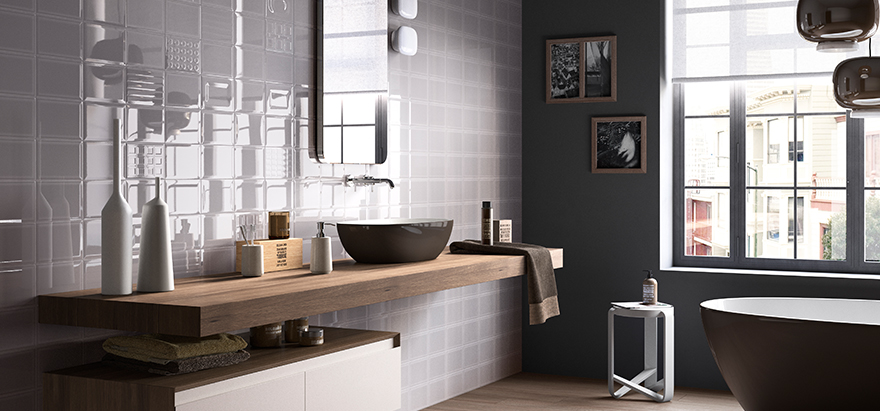
Lighting in a Bathroom:
The lighting in a Bathroom should be adequate for all the activities. High ventilators, clerestory windows or sky lights will provide excellent illumination during the day time, while still affording privacy. The Ventilators should be of a minimum size of 3’x3′. For grooming, direct sources of light are essential to light up the face from all angles.
Sound Control in a Bathroom:
Lack of acoustical privacy is one of the most common complaints about toilets. Sound from the bathroom can be reduced by the proper placement of the bathroom in relation to other spaces – closets and storage walls can be placed between it and adjacent spaces. Also, sound can be reduced by the use of sound-proof partitions and tightly fitting doors.
Storage in a Bathroom:
Adequate storage should be provided for current and reserve supplies of bathroom linen, cleaning supplies, toiletries and medicines. Current supplies like bath towels and hand towels can be stored on towel racks near the place of use. Reserve supplies can be stored in a closet just outside the bathroom. A medicine cabinet with a mirror in front, can be fixed above the wash basin. A cabinet with a self-contained hamper for soiled linen and clothes can be provided in a corner.
Children’s convenience in a Bathroom:
Since the wash basin, toilet heights are fixed for adult heights, it is difficult for children to reach. But it is not practical to keep the wash basin at a lower height just for children unless the bathroom is exclusively for the children. In case the bathroom is shared by adults and children, provision can be made for a step-up retractable stool.
Mirrors in a Bathroom:
Mirrors are necessary in a bathroom for grooming. They create an atmosphere of luxury and spaciousness as well. A full length mirror on the inside of the door is desirable. A mirror of a minimum height of 1’6″ should be fixed on the wall above the wash basin. The top of the mirror should be at a minimum height of 6′ from the floor. A medicine cabinet with mirrored doors can be used instead.

Safety Features in a Bathroom:
- Vertical Grab bars of adequate size should be fixed at a convenient height near the bathtub and the shower.
- Nonskid finishes should be used for flooring.
- A door lock that can open automatically from the inside and can be opened from the outside in case of emergency should be installed.
- Bulbs and light switches should be located outside the bathtub and shower areas.
- Electrical appliances, such as lights, heaters, and heated towel rails, generally need to be installed as fixtures, with permanent connections rather than plugs and sockets. This minimizes the risk of electric shock. Ground-fault circuit interruptor electrical sockets can also reduce the risk of electric shock.
- A lock should be provided for the medicine cabinet.
Drying Facilities in a Bathroom:
Racks for drying women’s light laundry may be provided. These racks can be concealed in well-ventilated cabinets, provided with a low-wattage bulb, to facilitate drying.
Miscellaneous Activities in a Bathroom:
Families with infants, prefer to bathe them in the bathroom at the Wash basin or bathtub. Increased counter top space at the wash basin will allow for bathing and dressing an infant, hair washing, light laundry etc. The minimum space needed to bathe and dress a baby is 5’0″ wide x 1’6″ deep x 3’0″ high. When a large wash basin and countertop space are provided, it can also be used for dressing up.
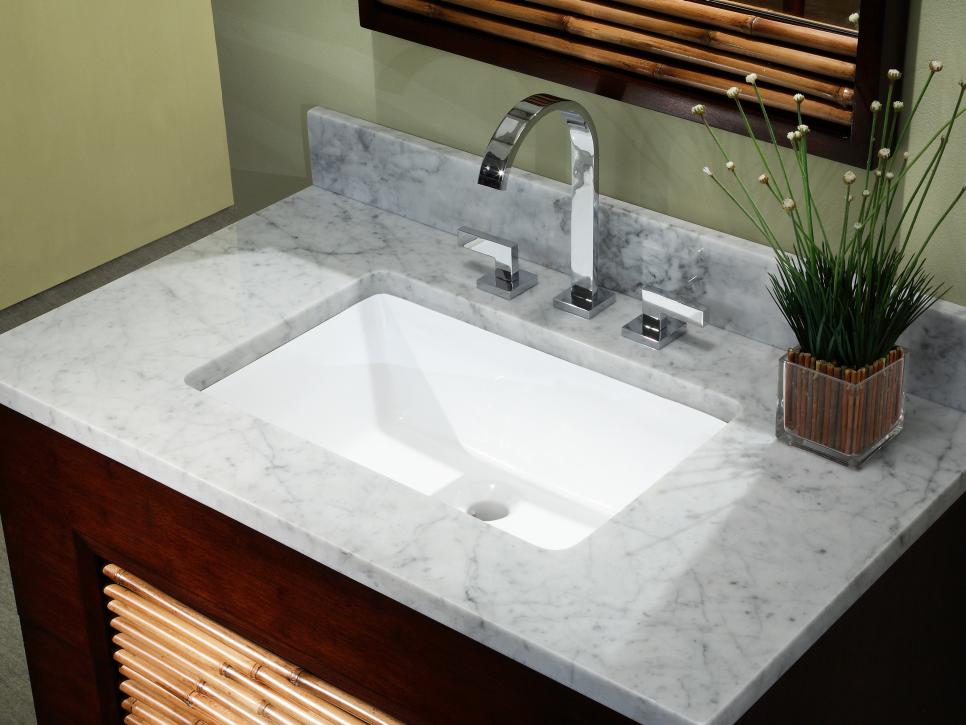
WHAT IS THE BEST LOCATION FOR A BATHROOM?
Ideally each bathroom should be located near a Bedroom. In addition, one should consider the wind directions and the sun position, in order that the sunrays dry up the bathroom quickly and the wind flow allows for fresh air to enter the bathroom and the humid air to leave it. For some tips on this, Visit :
For a concise reference guide for your Bathroom, please refer to the posts on my blog: House Construction in India
For a concise Vastu guide and Vastu evaluation of your Bathroom, refer to the following post. This will help you decide whether you want to make some changes and corrections in your house:
Related Topics:
If you found this post useful, I would really love it if you pin it or share it. All it takes is a simple click on the “pin it” “like,” “share,” “tweet,” or Google+ buttons below the post.


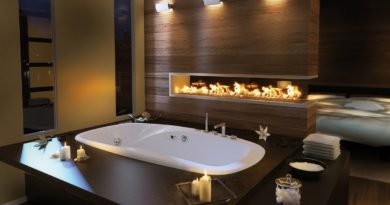

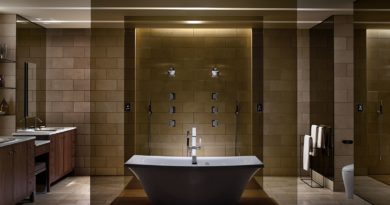
NICEEEEEEE LOOKING ………………………. ITS VERY GOOOD
Found your blog on Google and was so glad i did. That was a warming read. I have a small question.Is it OK if i send you an email???…